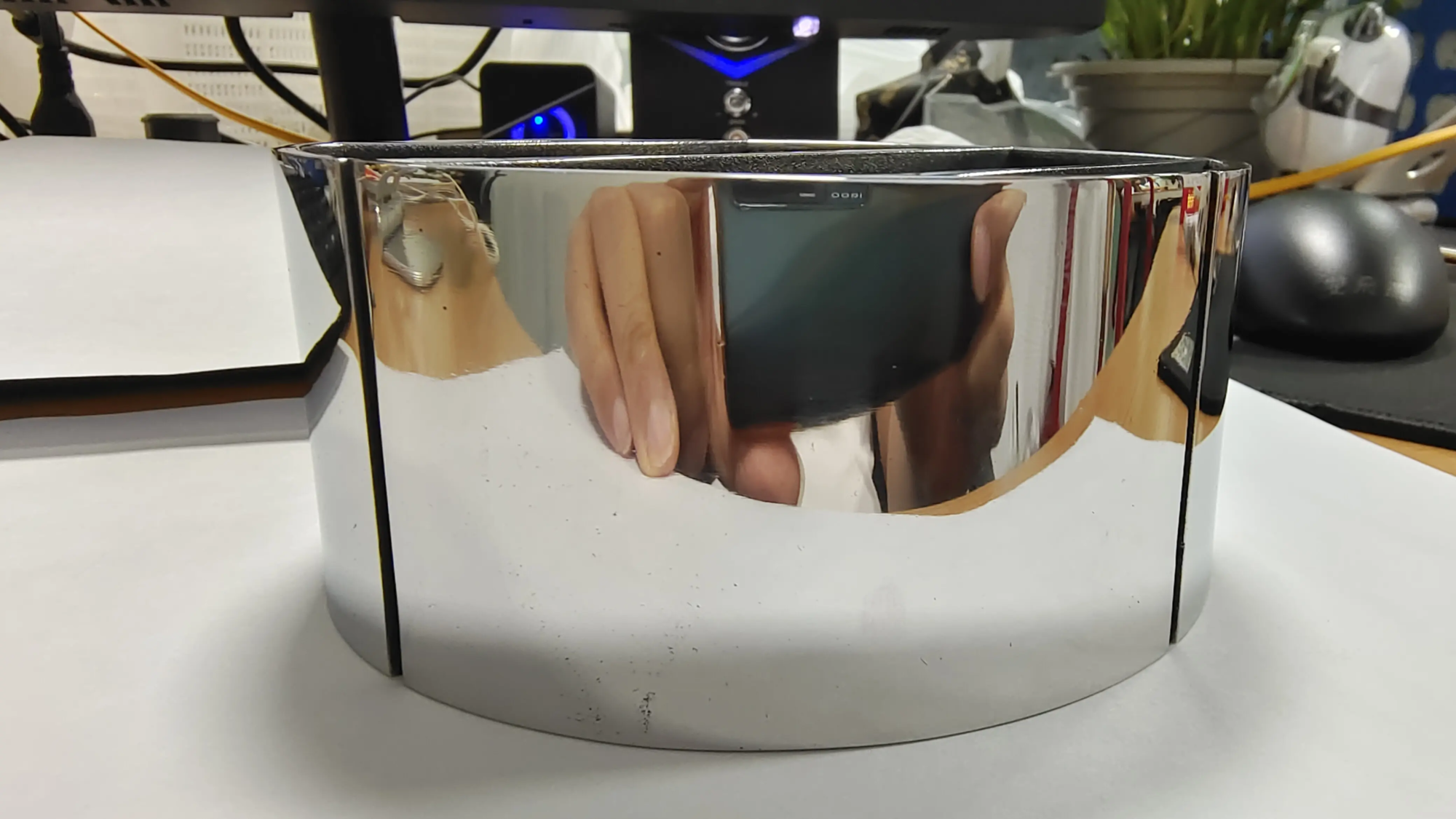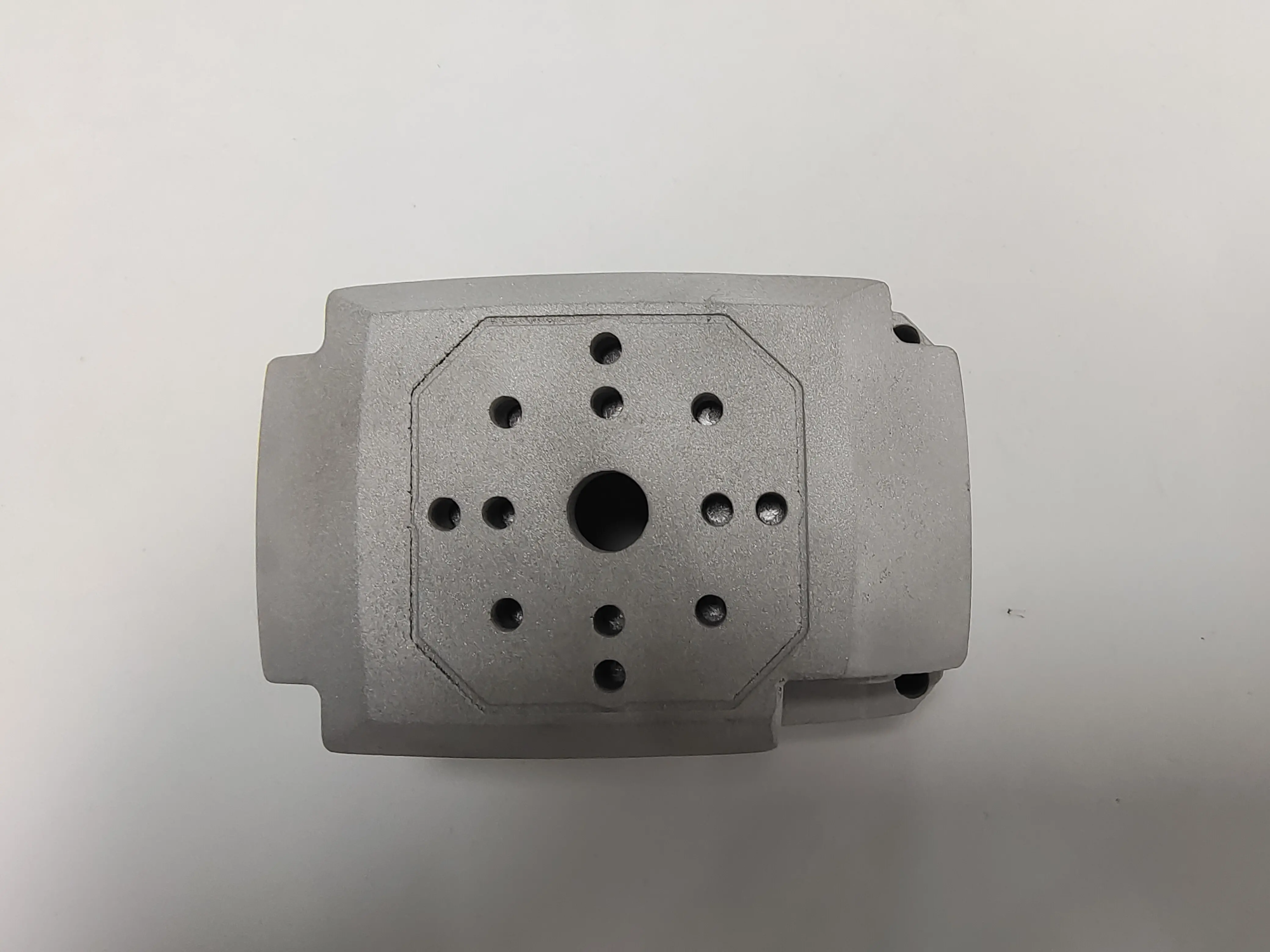Unlocking Mirror Finishes: A Professional Guide to Electroplating 3D Printing
3D printing unlocks incredible design freedom, but achieving true metal finishes – whether aesthetic brilliance, enhanced durability or improved conductivity – often requires going beyond the printer. Electroplating is a powerful solution to convert plastic or resin models into objects similar to solid metals. While promising, this process requires precise avoidance of common pitfalls. We master these techniques every day at Greatlight, a leader in rapid prototyping and metal finishing. This guide delves into expert methods for successful 3D printing.
Why 3D printed parts need to be plated?
- Aesthetic enhancement: Achieve amazing chrome, gold, nickel, copper or brass finishes. Create old fashioned patinas or excellent polished surfaces.
- Functional upgrade: Improves surface hardness, wear resistance and corrosion protection. Greatlight Lever Lever to It to Industrial Prototypes require functional metal properties without the full SLM printing cost.
- Shielding and conductivity: Create an EMI/RF shielding layer or fabricate a conductive surface for a circuit or electrode.
- Improve strength and durability: Add a sturdy shell to protect the underlying plastic.
- Accurate to store: Unlike the recoating method (powder coating), the electroplating deposit is a very thin, controlled layer that maintains a complex detail that is crucial to the precise prototype.
Basic preparation: the foundation for success
Plating is impossible directly on non-conductive plastics. Detailed preparation is not negotiable:
Model and material selection:
- Material selection: ABS remains the gold standard Electroplating is caused by its chemical resistance and thermal stability in the subsequent steps. The low softening point of the PLA makes it easy to bend. High temperature resins (such as resins like ABS or PP) can sometimes be successfully laid, but require careful process control. For demanding functional parts, consider Greatlight’s SLM metal printing service for inherent metal properties.
- Design notes: Avoid volumes trapped where the solution is hidden. Combine drain holes as much as possible. Steep overhangs, details, thin walls (<1mm) may be problematic. Ensure a smooth transition. The ideal surface should be optimized for the current distribution.
- Printing quality: Print at higher resolution to minimize layer lines. Reduce or eliminate surface defects such as cracks, bubbles or warp. Steam smoothing (for ABS) or fine sanding is usually essential.
- Surface smooth and clean:
- Remove support traces and major defects by careful polishing. Progress through gravel (e.g. 240->400->600->800+wet sanding). Micro-sand pads help in complex areas.
- Deep cleaning: Remove any sanding residue, oil, dust and fingerprints. Use warm water, gentle soap and soft brush and rinse thoroughly. Use isopropanol (IPA) or a special cleaner to degreasate. Clean parts with only the hands of the gloves to prevent recontamination. Oil is the enemy that sticks to it.
Apply conductive layers: Make it possible
This critical step bridges the gap between plastic and metal:
- Standard Method: Conductive Paint:
- "DSM’s" There is a method of immersion of electroplating solution, but complex chemical properties are required.
- Actual selection: Conductive paint/ink containing carbon or silver particles is the preferred method for manufacturers and businesses. Despite the presence of conductive sprays, brush teeth Allows excellent control of coverage and groove thickness. Multiple thin layers are much better than a thick coat. Popular options include graphite-based paint (cost-effective) or silver conductive paint (excellent conductivity).
- Key steps: make sure 100% surface coverageincluding all complex functions and internal channels. Any gap will prevent plating. Pay strict attention to the manufacturer’s cure time. Connect wire connection points back The conductive layer is completely cured.
Electroplating process: Building metal layers
Now, the part is ready to immerse:
Set up bathing:
- Solution: It is strongly recommended to buy the expected metals (copper, sulfate, bright nickel, brass, etc.) and buy premixed electrolyte solutions instead of mixing them in raw salts without extensive experience.
- container: Use a chemically resistant storage tank large enough to provide adequate clearance.
- anode: This is the source of sacrifice for gold-plated metal. Ensure high-efficiency electroplating with a purity greater than 99.9%. It is appropriately sized relative to the cathode (your part).
- power supply: A DC power supply with good voltage and current control is required. Basic battery chargers often lack the necessary accuracy. Voltage Must be retained Very low (usually depending on 0.5V -6V of metal/solution), and Current The flow is proportional to the surface area. Incorrect settings can lead to burning, roughness or poor adhesion.
- Plating execution:
- Connecting parts (cathode): Connect the wires (e.g., copper) firmly to the prepared connection point and the negative (-) terminals of the tank. Immersed parts back Connect to avoid interference with the conductive layer.
- Connect the anode (+): Firmly fixed to the front terminal. Make sure it is completely immersed and not deeper than the part.
- Pre-moisturizing: Before plating, briefly immerse the parts in clean dip water to remove air pockets (important for complex shapes).
- Immersed and energetic: Flooded parts. Gently Apply a predetermined low voltage. Observe and adjust the current as needed. Agitation (gent partial movement or solution stirring) is essential to ensure uniform deposition and prevent hydrogen bubble capture.
- timing: As time goes by, the gilded thickness changes over time. For functional applications, a common starting target may be ~0.005 mm. Time can range from minutes to hours. Initially, the process is constantly monitored.
Back panel: Perfect finish
When the required thickness is reached:
- Rinse immediately: Thoroughly rinse the plated parts in multiple stages of multiple di-water to prevent residual stains from electrolytes (rust on nickel).
- Optional bright immersion/chemical polish: For some metals (brass, copper, tin), chemical immersion before the final polish produces a smooth, bright finish.
- Mechanical polishing: Use progressive polishing compounds and polishing wheels to achieve high gloss or desired texture. Use very light pressure to avoid tearing the thin coating. Professional micro polishing is essential for fine prototypes. GreatIn this step, the dedicated finishing lab performed well.
- Paint/seal: Applying a clear coat helps protect soft metals (such as copper, brass) or prevents crushing on silver or nickel finishes.
Great Advantage: Precision plating of prototypes
While the DIY journey is rewarded for the simple part, accurate Plating for functional, demanding or display-quality prototypes presents complex challenges:
- Chemical Control: Expertise in bathroom management, purity and bathroom life extension.
- Process consistency: Calibration equipment and strict methods to predict thickness.
- Surface preparation expertise: Advanced smoothing technology (vapor, professional media) for critical applications.
- Materials Science Insights: Choose the best material for plating compatibility and thermal stability.
At Greatlight, our in-house advanced SLM printers and sophisticated finishing units (including plating services) provide a seamless path from design to perfect, functional metal parts. For engineers, designers or businesses seeking professional results without a trial phase, our expertise ensures reliability and quality.
Conclusion: Bringing metal dreams to life
Electroplating 3D prints unfold fascinating alchemy, turning plastic into metallic miracles. From amazing jewelry and role-playing props to functional prototypes that require conductivity or resistance, there is great potential. Success depends on uncompromising preparation – model selection, perfect smoothness, meticulous conductive layer application – and precise control of plating baths and electrical parameters. Although it can be achieved in dedicated workshops, complex parts or applications requiring strict specifications can benefit greatly from professional assistance.
Greglight can be prepared as your partner, not only providing cutting-edge SLM metal prints, but also offering a comprehensive set of post-processing services including expert plating. Let us turn your vision into a durable, high-performance metal reality. Explore our capabilities and request a quote for your next project now.
Electroplating 3D Printing: FAQ (FAQ)
Q1: Can I plating PLA print?
A1: PLA is The most inappropriate Common filaments that are electroplating due to their low glass transition temperature (60-65°C). Plating solutions are usually warm, risking deformation of parts. If you try PLA, only very low temperature plating baths are used and the risk of failure is significantly higher than ABS or professional materials. Greatlight generally recommends using ABS or High-Temp resin for gold plating projects.
Q2: Can I use a car battery charger?
A2: Generally speaking, No. While providing DC technically, car chargers (especially older transformer types) lack the necessary precision control of the low voltage and current regulation required for voltage. They often generate chain currents, resulting in poor coatings. Voltage-controlled low-current stage power supply (<5A) is crucial.
Q3: How thick can I stick the 3D printing board?
A3: While you can build thicker layers over time (dozens or even hundreds of microns), the weakness is usually the substrate. Thicker coatings increase the stress of the plastic. Excessive thickness can lead to peeling, rupture or distortion of the base print. More metal is not always better. Designed to achieve the minimum thickness required for your functional or aesthetic goals (e.g., 5-15 µm appearance, thicker wear).
Question 4: Why is my plating peeling off?
A4: Peeling usually originates from Poor adhesion. Common reasons:
- Inadequate surface cleaning before conductive paint.
- Inadequate or mottled conductive coating applications.
- Contaminated electroplating solutions.
- Poor rinsing leads to the entrainment of the solution under the layer.
- Structural failure of the substrate (e.g., bubbling of solvent trapped in underprepared ABS). Excellent preparation and controlled current settings are crucial.
Q5: Spread the most common metal plates on 3D printing?
A5:
- copper: Excellent base layer due to adhesion, conductivity and ability to bridge small defects. Usually, the first layer is other metal. Also used in artistic patinas and electrical applications.
- nickel: Widely used. Provides a hard, corrosion-resistant smooth finish. Ideal for functional prototypes.
- Chromium (chromium): Achieve bright chrome plating on ABS usually requires a bottom-bright nickel layer (copper-nix powder). Complex, but provides classic hard reflection.
- Brass/Gold: Very popular in decorative finishes. Specific plating solutions and controls are required.
- Tin (inverse time): Can be applied on nickel/copper and plating the can with tin.
Question 6: Will Greatlight provide electroplating services for 3D printing provided by customers?
A6: Absolutely! Greatlight specializes in comprehensive prototype finishes, including high-quality electroplating of customer-supplied polymer parts (mainly ABS and suitable specialty resins). Our process ensures optimal surface preparation, precise plating control and professional finishes for powerful visually amazing results. Please contact us to discuss your specific application. We also provide SLM printing for pure metal parts that require final structural integrity and material properties.





